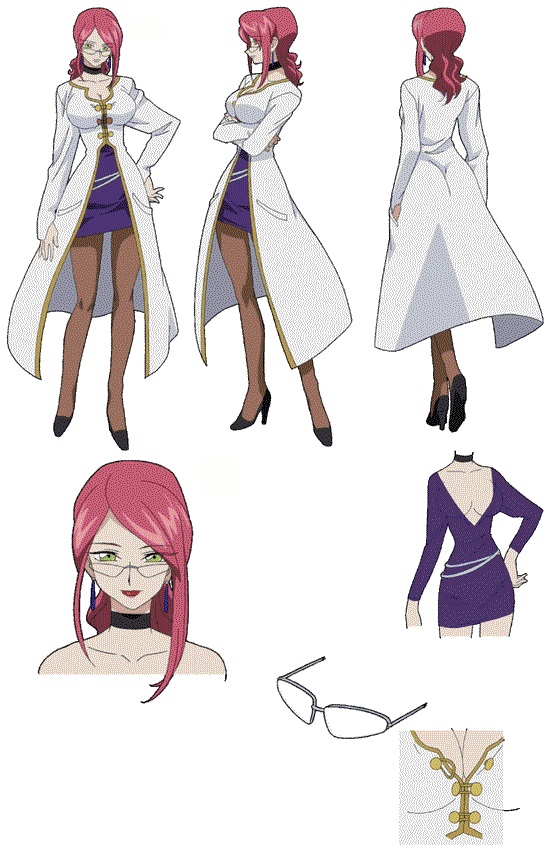En un gallinero muy postinero se iban a celebrar unas bodas de alto plumero.
Las bodas del tío Perico, que había invitado a su sobrino el gallo Kirico.
Y el gallo kirico, que vivía muy lejos, se levantó más temprano que nunca para ir a las bodas de su tío Perico. Muy aseado y muy bien vestido, allá va tan pimpante el gallo Kirico.
De pronto, ¿sabéis con qué se topó? Pues con una caca de la vaca, llenita, llenita de granos de trigo. ¡Uhm, con el hambre que llevaba el gallo Kirico! Entonces dijo:
-¿Pico o no pico? Si pico me ensucio el pico, y no podré ir a las bodas del tío Perico. Pero si no pico me muero de hambre y para otro el trigo.
Total que no pudo resistir la tentación y picó. ¡Vaya si picó! Y todo el pico se manchó.
-¿Y ahora qué hago? ¿Cómo voy a presentarme así en las bodas del tío Perico?
Camina que camina, muy preocupado, el gallo kirico llegó hasta un prado. Allí vio
¿sabéis que vio? Una malva; y el gallo le dijo:
-Malvita, malva, límpiame el pico, que voy a las bodas del tío Perico.
-No quiero- dijo la malva-. No haberte ensuciado.
Y el gallo Kirico siguió su camino. Anda que anda, muy enojado, se encontró una oveja en otro prado.
–Ovejita, bonita, cómete la malva, que no quiso limpiarme el pico para ir a las bodas del tío Perico
-No quiero- dijo la oveja-. No haberte ensuciado.
Y el gallo Kirico no tuvo más remedio que seguir su camino. Anduvo y anduvo, muy enfadado, hasta encontrarse con el lobo que estaba muy flaco.
–Lobito, lobo, cómete a la oveja, que no quiso comerse la malva, que no quiso limpiarme el pico para ir a las bodas del tío Perico.
-No quiero- dijo el lobo-. No haberte ensuciado.
¿Qué diréis que hizo el gallo Kirico? Seguir su camino muy malhumorado, y se encontró con un palo.
-Palito, palo, pégale al lobo, que no quiso comerse la oveja, que no quiso comerse la malva, que no quiso limpiarme el pico para ir a las bodas del tío Perico.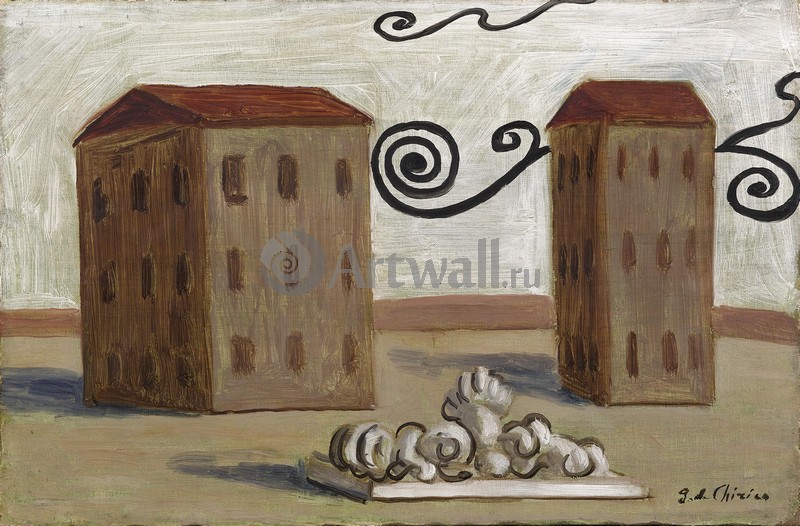
-No quiero-dijo el palo-. No haberte ensuciado.
¡Qué palo más malo! El gallo Kirico, muy enfurruñado, sigue su camino. Y apenas había empezado a andar se encontró ¡al fuego!
–Fuego, fueguito, quema al palo, que no quiso pegarle al lobo, que no quiso comerse la oveja, que no quiso comerse la malva, que no quiso limpiarme el pico para ir a las bodas del tío Perico.
-No quiero- dijo la candela-. No haberte ensuciado.
Entonces se encontró un río.
-Río, río, apaga el fuego, que no quiso quemar al palo, que no quiso pegarle al lobo, que no quiso comerse la oveja, que no quiso comerse la malva, que no quiso limpiarme el pico para ir a las bodas del tío Perico.
-No quiero- dijo el río, y siguió su corriente.
¡Qué mala gente! El gallo Kirico ya casi volaba aunque iba muy triste. ¿Y sabéis qué se encontró? ¡Un burro!
–Burrito, burro, bébete el agua del río, que no quiso apagar el fuego, que no quiso quemar al palo, que no quiso pegarle al lobo, que no quiso comerse la oveja, que no quiso comerse la malva, que no quiso limpiarme el pico para ir a las bodas del tío Perico.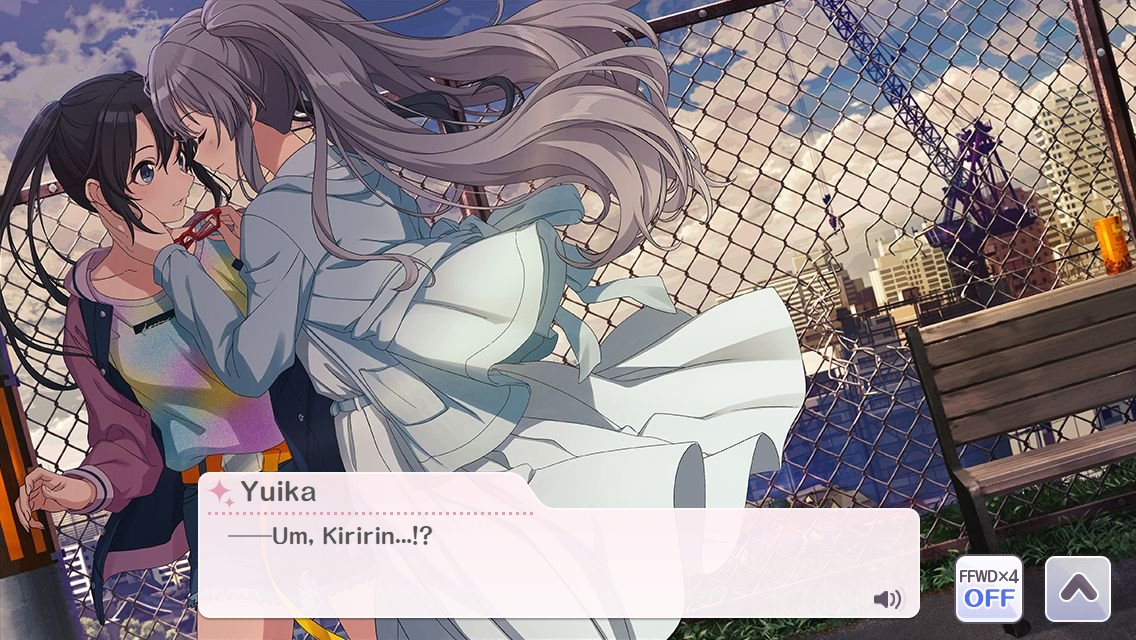
-¿Y el gallo Kirico?
-Con el burro se puso pesado y este una coz le ha pegado.
-¡Y qué más?
-Que al río se ha caído y se ha puesto empapado.
-¿Y qué más?
-Que en las bodas no entran gallos tan mojados, y el gallo Kirico, con su pico limpio, fuera se ha quedado.
Y colorín colorado, ¡este cuento se ha acabado!
FIN
Cuento de Antonio Rodríguez Almodovar
relacionados
Dibujos para colorear de Gallo y gallinas. Imprima los dibujos para colorear de Gallo y gallinas y pinta los dibujos de Gallo y gallinas preparados para colorear…
Dibujos para colorear de Gallo. Imprima los dibujos para colorear de Gallo y pinta los dibujos de Gallo preparados para colorear en conmishijos.com
Gallina.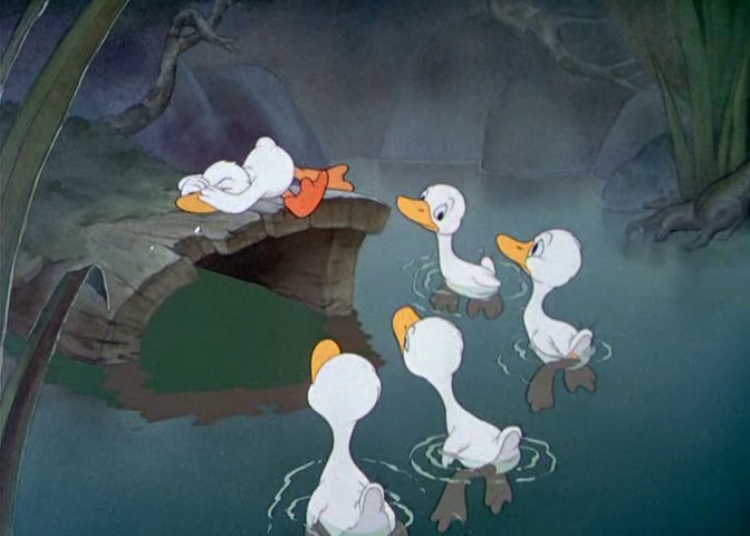 Esta manualidad infantil tan fácil de realizar es una actividad perfecta para los más pequeños. Y puede servir para decorar una mona de Pascua o una…
Esta manualidad infantil tan fácil de realizar es una actividad perfecta para los más pequeños. Y puede servir para decorar una mona de Pascua o una…
Cuentos para niños sobre animales. Cuentos tradicionales para los niños. Cuentos con buenos mensajes para los niños. Cuentos con valores para leer antes de dormir…
Ejercicio de conocimiento del entorno para niños de 5 años. Conocer las diferentes clases de animales y clasificar los animales según sean mamíferos, aves o peces.
Es un placer para mí presentarles este cuento original de ANTONIO RODRÍGUEZ ALMODOVAR y versionado por mis queridas y eternas tías de mis hijos Luceida y Yaraí. Este cuento lo escuché por primera vez cuando nació mi primer hijo, Eduardo Andrés, sentía una fascinación especial por él, hacía que se lo repitieran una y dos y mil veces y todas las veces se reía a carcajadas, luego nació mi segundo hijo y también le encantaba así que continuó la tradición, entonces eran los dos que reían cuando sus tías hacían las voces del Gallo Kiriko y los otros personajes.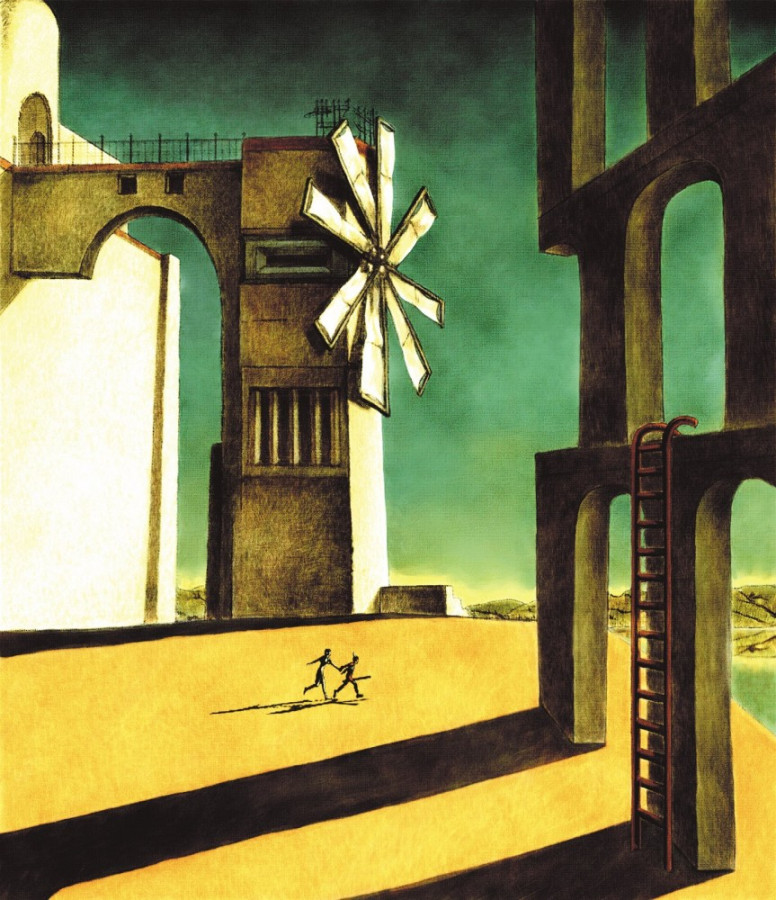 El gusto por este singular cuento fue pasando a las generaciones siguientes y se llevó a las tablas. ¡Sí! El Gallo Kiriko fue transformado por este par de tías, ya convertidas en mamás, en una hermosa obra de titeres. El Gallo Kiriko fue presentado en muchas reuniones familiares, escolares y hasta se presentó en USA, haciendo su exitoso Crossover. Para mí es un privilegio incluirlo en este Blog que recopila todos esos momentos maravillosos que no pueden quedar sin ser homenajeados. He aquí mi homenaje a todas esas risas y carcajadas infantiles que llenaban mi casa de alegría, gracias Tía Luce y Tía Yara por esos pequeños pero inolvidables detalles:
El gusto por este singular cuento fue pasando a las generaciones siguientes y se llevó a las tablas. ¡Sí! El Gallo Kiriko fue transformado por este par de tías, ya convertidas en mamás, en una hermosa obra de titeres. El Gallo Kiriko fue presentado en muchas reuniones familiares, escolares y hasta se presentó en USA, haciendo su exitoso Crossover. Para mí es un privilegio incluirlo en este Blog que recopila todos esos momentos maravillosos que no pueden quedar sin ser homenajeados. He aquí mi homenaje a todas esas risas y carcajadas infantiles que llenaban mi casa de alegría, gracias Tía Luce y Tía Yara por esos pequeños pero inolvidables detalles:
Sin más preámbulo, con ustedes:
El Gallo Kiriko
Un gallo muy engreído de buen plumaje y buen pico, caminaba presumido. Era el Gallito Kiriko.
Al cruzar el caminito, encontrose a Gusanito:
* ¿A dónde vas Gallo Kirico?
* Voy a la boda del Tío Perico.
* ¿Puedo ir yo contigo? Si dices que sí, te sigo.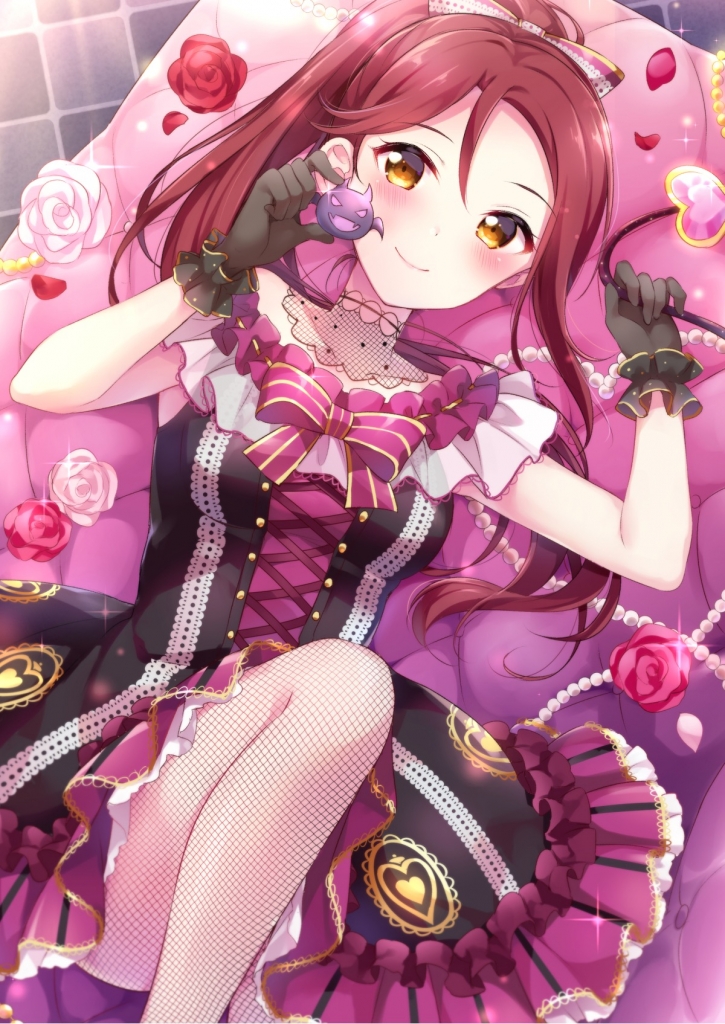
* Desiste de tal empeño… No corras, eres pequeño.
* ¡Wuaaaa, wuaaaa! (llanto malcriado)
* Mira, para que no sigas, te llevo yo en mi barriga…
Y aquel gallo tan altivo, lo tragó de aperitivo.
* ¡Ay ay ay ay! (gritos del gusanito)
* ¡Jajajajajaja! (risa de satisfacción)
Caminando muy contento y luciendo su pechuga, vio una huerta y al momento, le preguntó una lechuga:
* ¿A dónde vas Gallo Kiriko?
* Voy a la boda del Tío Perico
* ¿Y cerca del caminito, no habrás visto a Gusanito?
* Con él mi tiempo no pierdo. Si lo he visto, no me acuerdo.
* Me comió este gallo feo, como si fuera un fideo, para llevarme Kiriko a la boda del Tío Perico
* ¿Aaahhh sí? Pues toma bandido, por comerte a Gusanito.
* ¡Ay ay ay ay ay! (gritos del Gallo)
Y la Lechuga con prisa, le dio una buena paliza.
Huyó el gallo mal parado, y al poco, en un verde prado, encontrose a Doña Cabra, y él, le dijo estas palabras:
* Doña Cabra, un gran favor quisiera que usted me hiciera: la Lechuga me pegó, y ojalá usted la comiera.
* ¿Cuándo sucedió eso Kiriko?
* Cuando iba a la boda del Tío Perico
* Antes contesta amiguito, ¿no habrás visto a Gusanito?
* Con él mi tiempo no pierdo. Si lo he visto, no me acuerdo.
* Me comió este gallo feo, como si fuera un fideo, para llevarme Kiriko a la boda del Tío Perico.
* ¿Aaahhh si? Pues toma bandido, por comerte a Gusanito.
* ¡Ay ay ay ay ay! (gritos del Gallo)
Y lo envistió con sus astas, y el gallo gritaba: BASTAAAAAA
Corre Kiriko espantado, cuando un palo se ha encontrado.
* Buen Palo, pega a la Cabra que me envistió, y se negó a comer la Lechuga, que tan mal me había tratado.
* ¿Cuándo sucedió eso Kiriko?
* Cuando iba a la boda del Tío Perico
* Antes contesta amiguito, ¿no habrás visto a Gusanito?
* Con él mi tiempo no pierdo. Si lo he visto, no me acuerdo.
* Me comió este gallo feo, como si fuera un fideo, para llevarme Kiriko a la boda del Tío Perico
* ¿Aaahhh si? Pues toma bandido, por comerte a Gusanito.
* ¡Ay ay ay ay ay! (gritos del Gallo).
Del Palo Kiriko huyendo encuentra un gran bosque que está ardiendo.
* Señor Fuego, quema al Palo, que a la Cabra no tundió, por no comer la Lechuga, que tantos golpes me dio.
* ¿Cuándo sucedió eso Kiriko?
* Cuando iba a la boda del Tío Perico.
* Antes contesta amiguito, ¿no habrás visto a Gusanito?
* Con él mi tiempo no pierdo. Si lo he visto, no me acuerdo.
* Me comió este gallo feo, como si fuera un fideo, para llevarme Kiriko a la boda del Tío Perico
* ¿Aaahhh si? Pues toma bandido, por comerte a Gusanito.
* ¡Ay ay ay ay ay! (gritos del Gallo)
Chamuscado echa a correr, cuando comienza a llover.
* Doña Lluvia, apaga al Fuego, porque al Palo no quemó, que a la Cabra no tundió, por no comer la Lechuga, que tantos golpes me dio.
* ¿Cuándo sucedió Kiriko?
* Cuando iba a la boda del Tío Perico.
* Antes contesta amiguito, ¿no habrás visto a Gusanito?
* Con él mi tiempo no pierdo.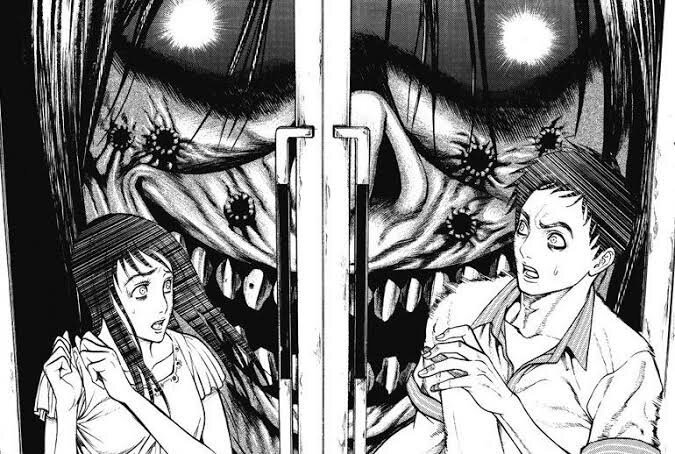 Si lo he visto, no me acuerdo.
Si lo he visto, no me acuerdo.
* Me comió este gallo feo, como si fuera un fideo, para llevarme Kiriko a la boda del Tío Perico
* ¿Aaahhh si? Pues toma bandido, por comerte a Gusanito.
* ¡Ay ay ay ay ay! (gritos del Gallo)
Calado y medio quemado, llega maltrecho Kiriko, a la boda del Tío Perico. Sin decir “hola” ni “adiós” lo agarra la Chacha Antonia, lo mata sin ceremonia y lo pone en el arroz.
* ¡Ay ay ay ay ay! (gritos del Gallo)
* Un momento narrador. ¿Qué le pasó a Gusanito?
* No teman, pues yo salí, e invitado estoy aquí, comiendo este arroz tan rico en la boda del Tío Perico.
FIN
Espero lo hayan disfrutado tanto como nuestros hijos, gracias a su autor, Antonio Rodríguez Almodovar por su creación. Gracias Tía Luce por haberlo transcrito para este blog y por las un millón de veces que te tocó representarlo para el deleite de nuestros niños, te amamos.
Dedico este post a la hermosa presencia de las tías en nuestras vidas.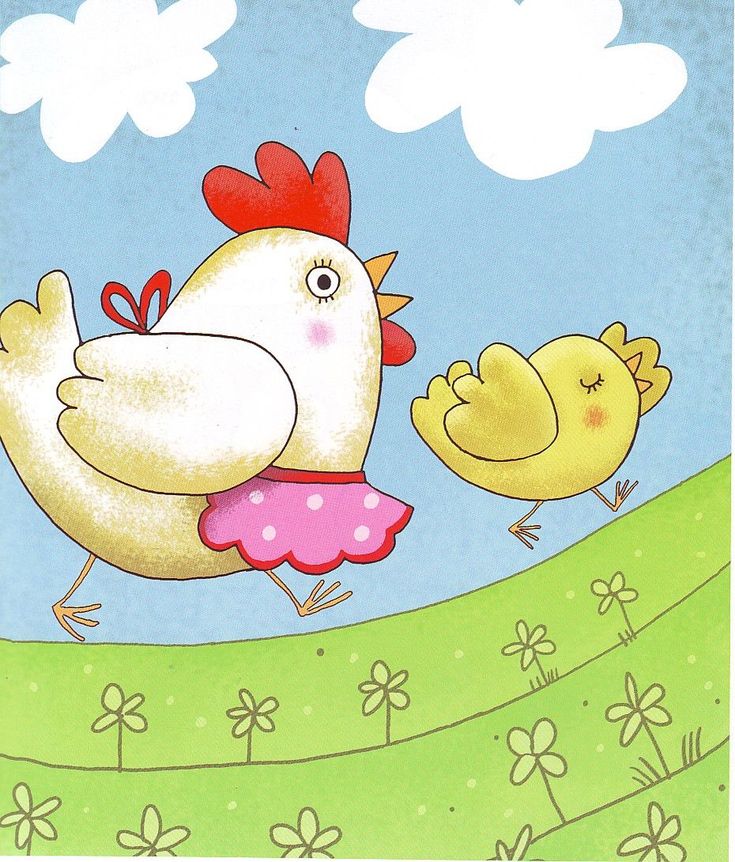 A esas amigas, complices, tutoras y guías que la vida nos da y cuyo amor y vivencias perduran para siempre.
A esas amigas, complices, tutoras y guías que la vida nos da y cuyo amor y vivencias perduran para siempre.
According to scientists, the history of mirrors goes back over 7000 years. The first of them were shiny fragments of igneous rock – obsidian. Such primitive mirrors were found during excavations in Turkey. A little later, carefully polished tin, copper, and bronze surfaces came to replace the “stone mirrors”.
Mirrors existed in this form for quite a long time. Only in the second millennium, in 1279, a certain John Pekan revolutionized the mirror business, describing a method of manufacture that was revolutionary for that time. Following his recipe, it was proposed to apply the thinnest layer of lead to ordinary glass. A little later, this method was modified, replacing lead with tin foil coated with mercury.
In 1373, the first mirror shop appeared in the German city of Nuremberg. Along with the German masters, Flanders was also famous for its mirrors. This continued until, in 1407, the Venetians, the Danzalo del Gallo brothers, bought the patent from the Flemings. Thus began the history of the famous Venetian mirrors.
This continued until, in 1407, the Venetians, the Danzalo del Gallo brothers, bought the patent from the Flemings. Thus began the history of the famous Venetian mirrors.
The masters of this region began to add gold and bronze to the reflective compositions, due to which the objects reflected in the mirror acquired a special shade and brightness and looked more beautiful than they really are. Apparently, this was the main mystery of the popularity of these mirrors among the European aristocracy. Venetian mirrors at that time cost fabulous money. The cost of one mirror could be equal to the cost of a small sea vessel or estate. Mirror-making workshops brought a lot of money to Venice, so it is not surprising that the authorities tried their best to keep the manufacturing technique a secret. Mirrorers were forbidden to leave the city, and those who violated this order were sent killers. Such radical measures allowed Venice to maintain its leading position in mirror production for three centuries.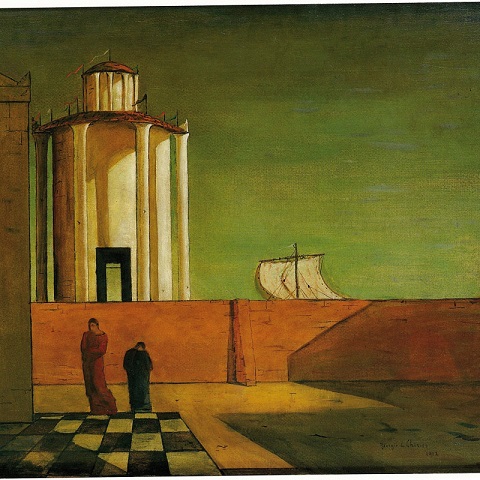
At the beginning of the 16th century, the Venetian master brothers Andrea Domenico made another small revolution in the history of mirrors. They cut open a still-hot glass cylinder and rolled its halves on a copper tabletop. As a result of such manipulations, a canvas was obtained that was distinguished by crystal clearness, transparency, brilliance, but most importantly, such a mirror did not distort anything!
The most expensive mirror in the world also came from the hands of Venetian masters. At the end of the 16th century, the French Queen Marie de Medici spent a huge amount on the arrangement of her mirror office. The basics of marketing and retaining valuable customers were already known back then, so in response to such a generous order, the mirror makers presented the queen with a mirror decorated with agates and onyxes, in a frame encrusted with precious stones. The mirror is currently kept in the Louvre.
In 1665, the mystery of Venetian glass was solved.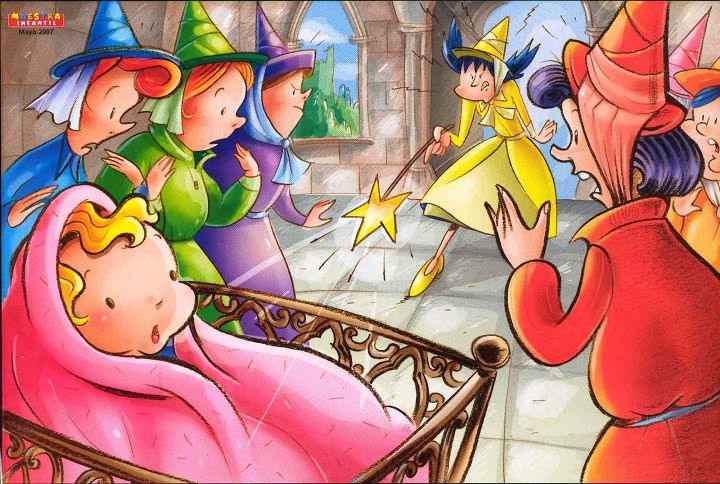 The production of mirrors was set up by the French, who hired four mirror makers from Venice (who, apparently, did manage to escape). Gradually, mirrors began to fall in price and soon became available to almost all citizens.
The production of mirrors was set up by the French, who hired four mirror makers from Venice (who, apparently, did manage to escape). Gradually, mirrors began to fall in price and soon became available to almost all citizens.
However, despite the now publicly available technology, despite all the inventions and innovations of the modern world, the Venetians still kept one and the most important secret. What it is – in the innate talents of the masters of that region, in the special atmosphere of the city of canals and bridges, or in some kind of elusive magic – we will probably never know. But the fact that the most beautiful Venetian mirrors continue to delight people and make them love their image a little more is an indisputable fact.
Archaeologists discover the first small mirrors made of tin, gold or platinum dating back to the Bronze Age.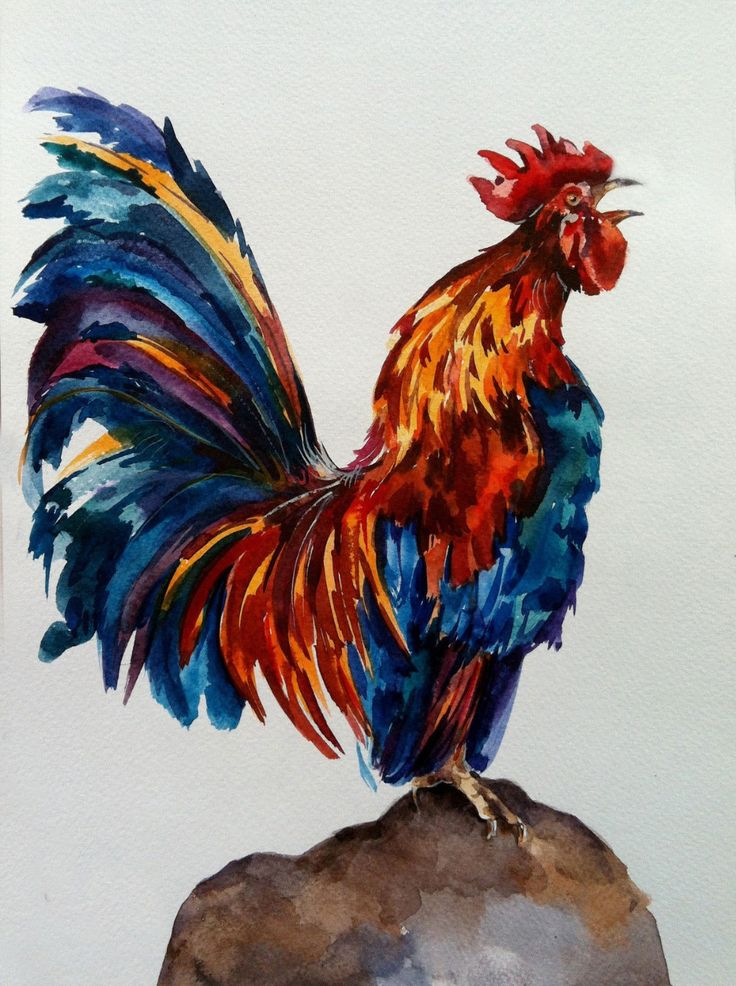 The modern history of mirrors is counted from the 13th century, or rather, from 1240, when in Europe they learned how to blow glass vessels. The invention of the real glass mirror dates back to 1279, when the Italian Franciscan friar John Pecamum described a way to coat glass with a thin layer of tin. The production of the mirror looked like this. The master poured molten tin into the vessel through a tube, which spread evenly over the surface of the glass, and when the ball cooled, it was broken into pieces.
The modern history of mirrors is counted from the 13th century, or rather, from 1240, when in Europe they learned how to blow glass vessels. The invention of the real glass mirror dates back to 1279, when the Italian Franciscan friar John Pecamum described a way to coat glass with a thin layer of tin. The production of the mirror looked like this. The master poured molten tin into the vessel through a tube, which spread evenly over the surface of the glass, and when the ball cooled, it was broken into pieces.
The first mirror was imperfect: concave fragments slightly distorted the image, but it became bright and clear. In the 13th century, the Dutch mastered the handicraft technology for the production of mirrors.
It was followed by Flanders and the German city of masters Nuremberg, where in 1373 the first mirror workshop was established. In 1407, the Venetian brothers Danzalo del Gallo bought the patent from the Flemings, and for a century and a half Venice held a monopoly on the production of excellent Venetian mirrors, which should be called Flemish. And although Venice was not the only place for the production of mirrors at that time, it was the Venetian mirrors that distinguished the highest quality.
And although Venice was not the only place for the production of mirrors at that time, it was the Venetian mirrors that distinguished the highest quality.
Venetian masters added gold and bronze to the reflective compositions, so all objects in the mirror looked even more beautiful than in reality. The cost of one Venetian mirror was equal to the cost of a small sea vessel, and in order to purchase them, French aristocrats were sometimes forced to sell entire estates. For example, figures that have survived to this day say that a not-so-large mirror measuring 100×65 cm cost more than 8,000 livres, and a Raphael painting of the same size cost about 3,000 livres. Mirrors were extremely expensive. Only very wealthy aristocrats and royalty could buy and collect them. At the beginning of the 16th century, the brothers Andrea Domenico from Murano cut a still hot cylinder of glass lengthwise and rolled its halves on a copper tabletop. The result was a sheet mirror canvas, distinguished by its brilliance, crystal transparency and purity.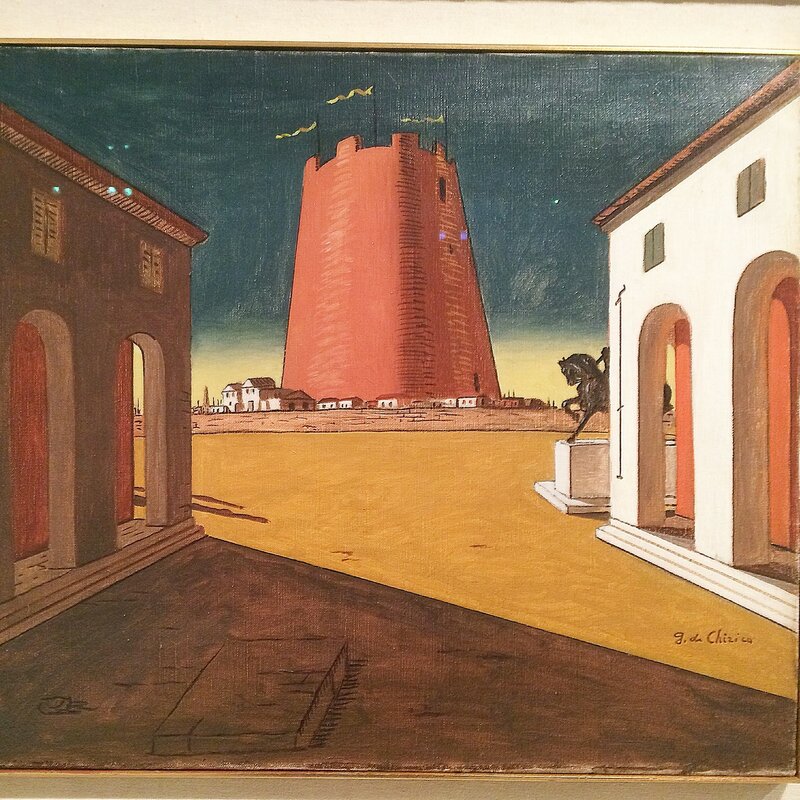 Such a mirror, unlike the fragments of the ball, did not distort anything. This is how the main event in the history of mirror production took place. At the end of the 16th century, succumbing to fashion, the French queen Marie de Medici ordered 119mirrors for his mirror cabinet, paying a huge amount for the order. The Venetian mirror makers, in response to the royal gesture, also showed extraordinary generosity – they presented the French Queen Marie de Medici with a mirror.
Such a mirror, unlike the fragments of the ball, did not distort anything. This is how the main event in the history of mirror production took place. At the end of the 16th century, succumbing to fashion, the French queen Marie de Medici ordered 119mirrors for his mirror cabinet, paying a huge amount for the order. The Venetian mirror makers, in response to the royal gesture, also showed extraordinary generosity – they presented the French Queen Marie de Medici with a mirror.
It is the most expensive in the world and is now kept in the Louvre. The mirror is decorated with agates and onyxes, and the frame is inlaid with precious stones. French aristocrats, during luxurious receptions in their castles and palaces, demonstrating their wealth to guests, proudly showed mirrors in rich, jeweled frames, moreover, the nobility, as well as their wives and mistresses, adored decorating their formal dresses with small mirrors. Once the French Queen Anne of Austria, mother of Louis XIV, appeared at a ball in a dress studded with pieces of mirrors.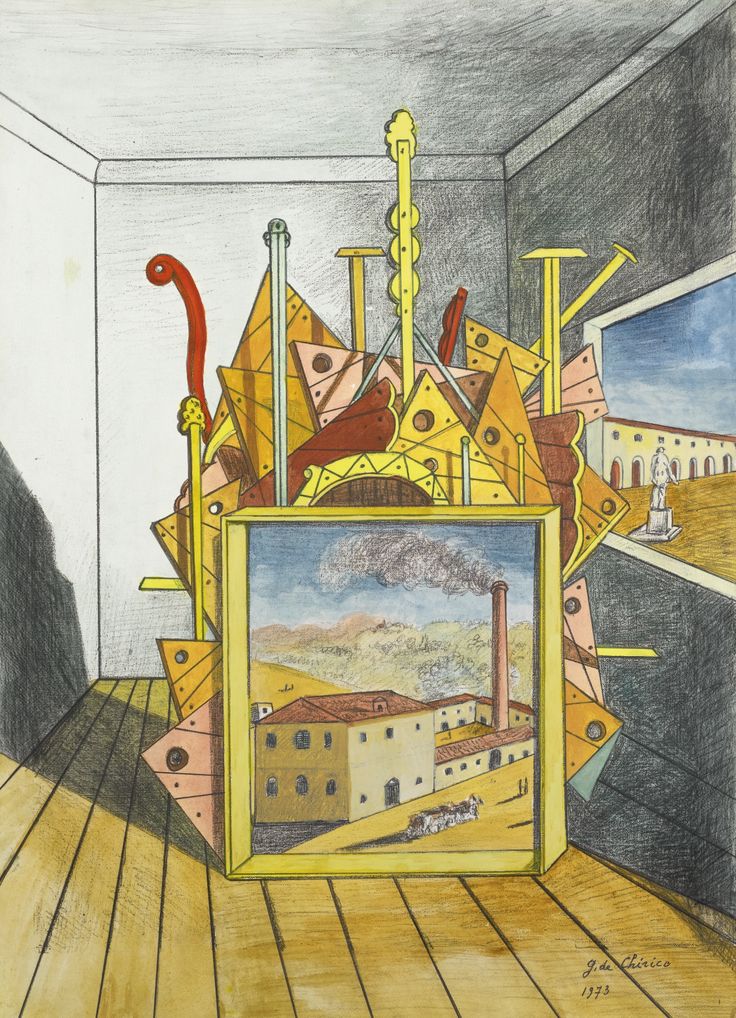 In the light of candles, a truly regal radiance emanated from her. This mirrored dress cost the state treasury a lot of money, and the Minister of Finance – Monsieur Colbert – decided that something urgently needed to be done, otherwise the country would go bankrupt. Colbert sent his confidants to Murano, who were able to bribe the four Murano masters and, under cover of night, took them out in a small boat to France.
In the light of candles, a truly regal radiance emanated from her. This mirrored dress cost the state treasury a lot of money, and the Minister of Finance – Monsieur Colbert – decided that something urgently needed to be done, otherwise the country would go bankrupt. Colbert sent his confidants to Murano, who were able to bribe the four Murano masters and, under cover of night, took them out in a small boat to France.
The French, having settled the fugitives in a beautiful estate, took their families out of Murano. Of course, Venice could not easily put up with the daring escape of its subjects – the masters were sent two stern warnings, but they did not react to them, relying on the protection of the French crown. For some time, the Italians worked, enjoying a free life and high wages. But then the best and most experienced of them died of poisoning, two weeks later – the second. The survivors, realizing what was threatening them, began to ask in horror to return home. They were not held back – the quick-witted French had already mastered all the secrets of making mirrors, and in Tour de Ville in 1665 the first mirror factory in France was opened. The French turned out to be capable students, and soon even surpassed their teachers. Mirror glass began to be obtained not by blowing, as was done in Murano, but by casting. The technology is as follows: molten glass is poured directly from the melting pot onto a flat surface and rolled out with a roller. The author of this method is called Luca De Nega. The invention came in handy: the Gallery of Mirrors was being built in Versailles.
The French turned out to be capable students, and soon even surpassed their teachers. Mirror glass began to be obtained not by blowing, as was done in Murano, but by casting. The technology is as follows: molten glass is poured directly from the melting pot onto a flat surface and rolled out with a roller. The author of this method is called Luca De Nega. The invention came in handy: the Gallery of Mirrors was being built in Versailles.
She was 73 meters long and needed large mirrors. The firm “Saint-Gabin” made 306 of these mirrors in order to stun with their radiance those who were lucky enough to visit the king in Versailles. How then was it not possible to recognize the right of Louis XIV to be called the “Sun King”? After the opening of the French mirror manufactory, prices for mirrors began to decline sharply. This was also facilitated by German and Bohemian glass factories, which produced mirrors at a lower cost. Mirrors began to appear on the walls of private houses, in picture frames.